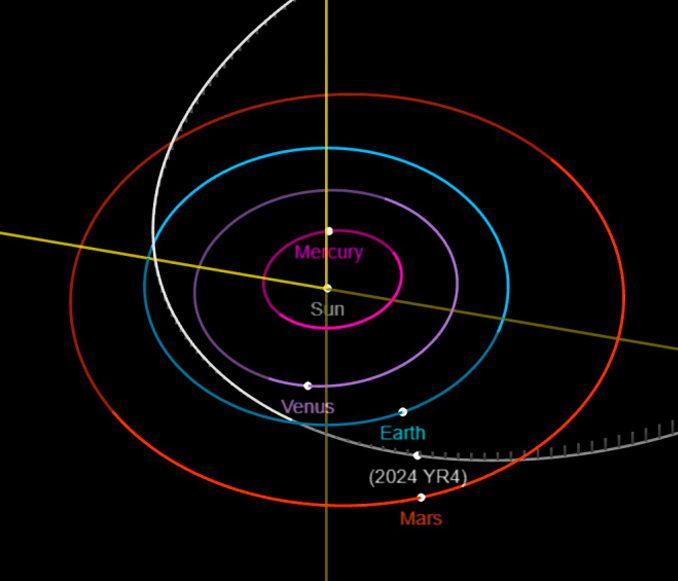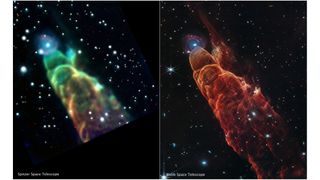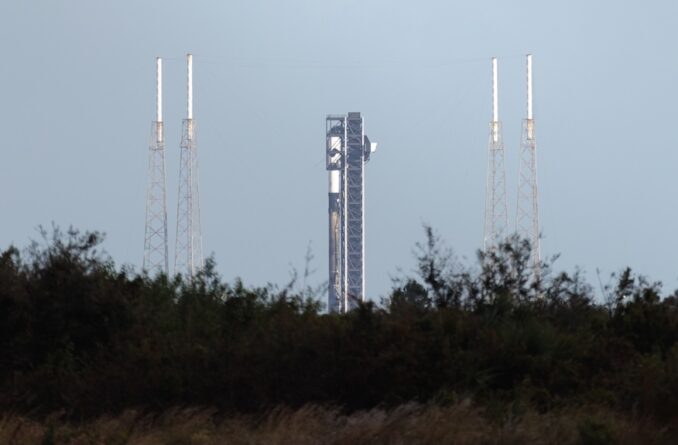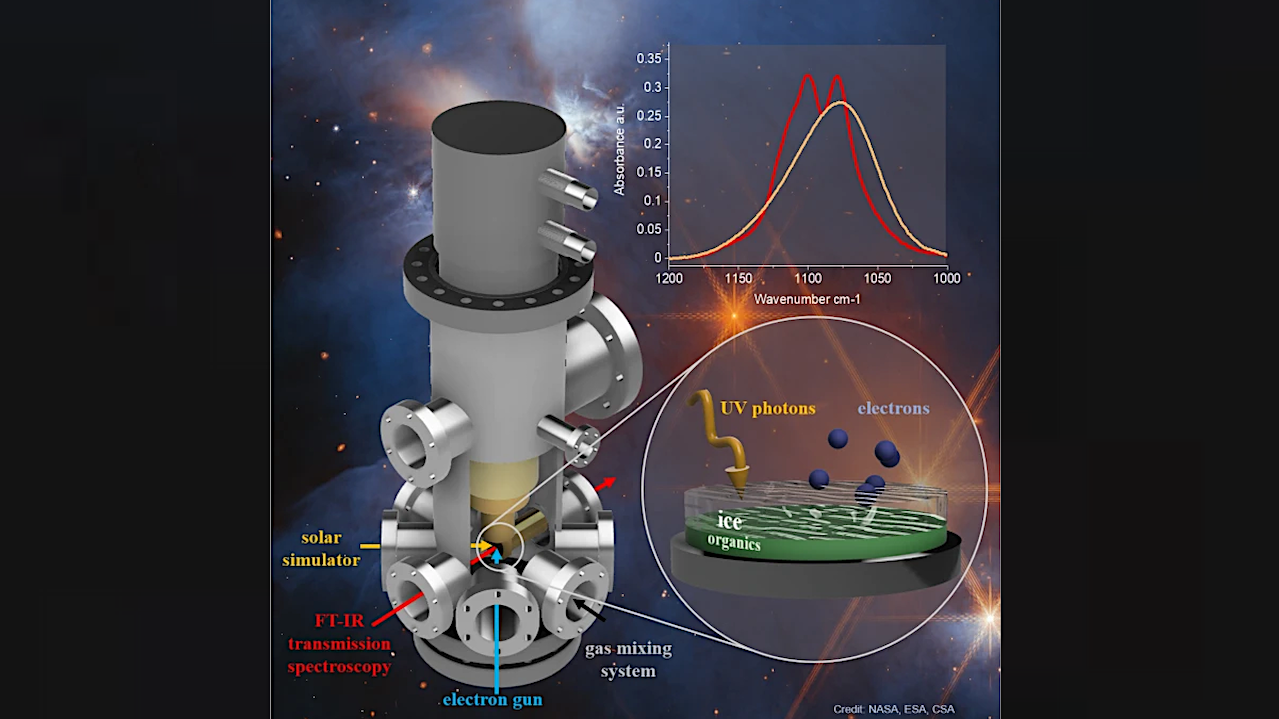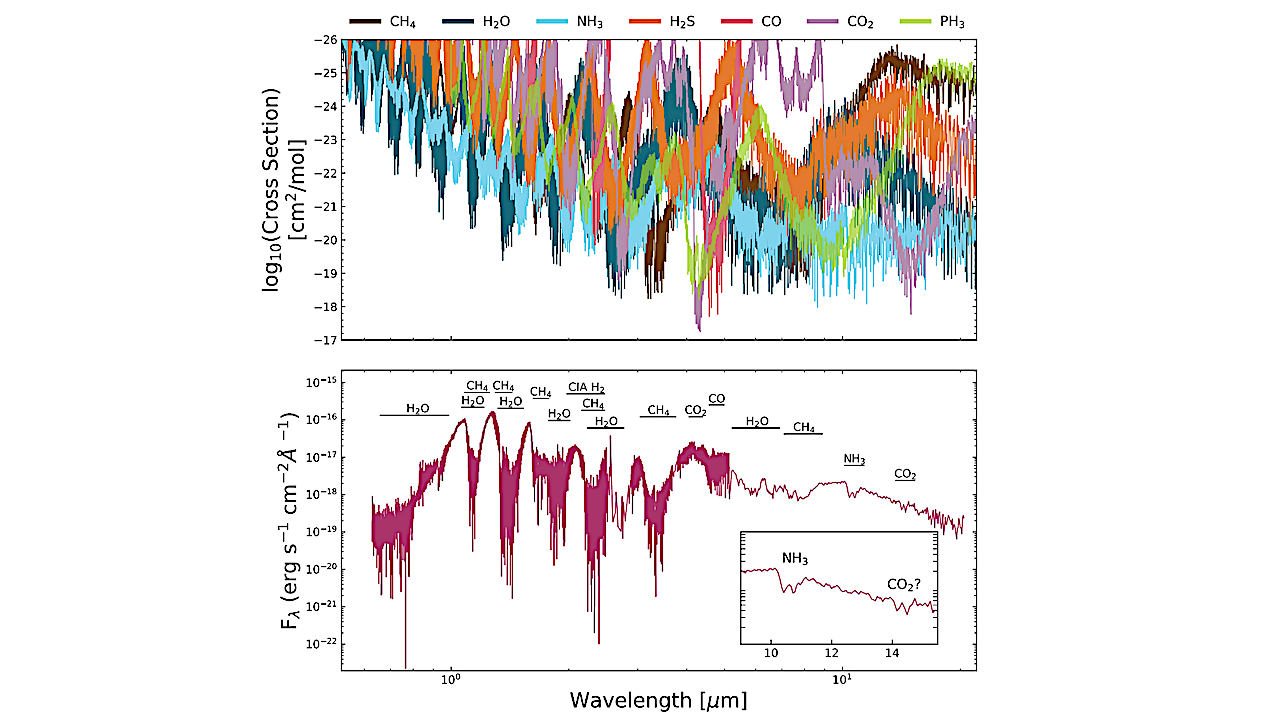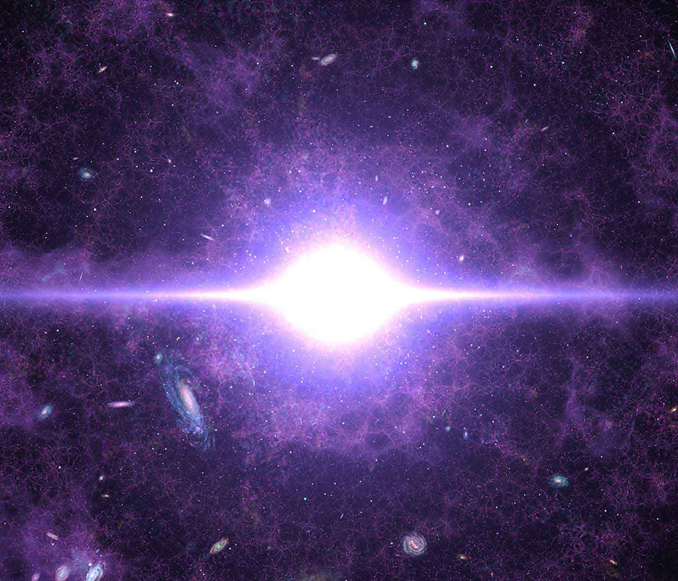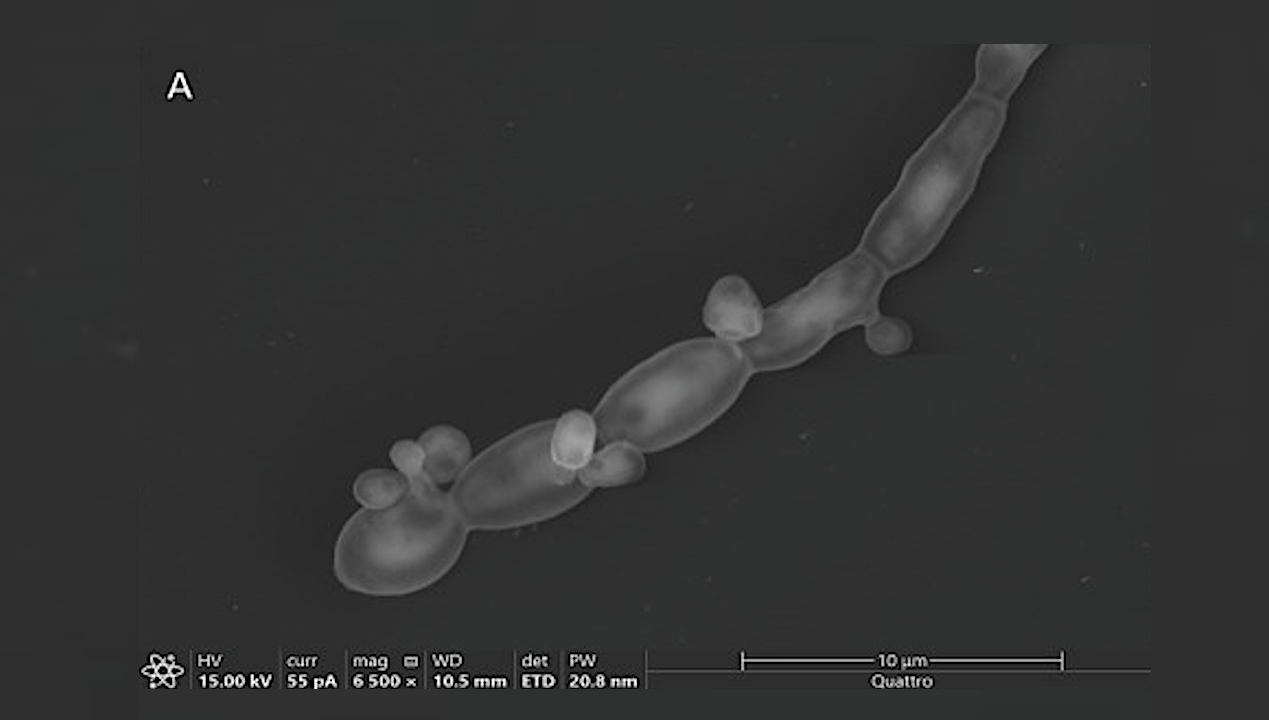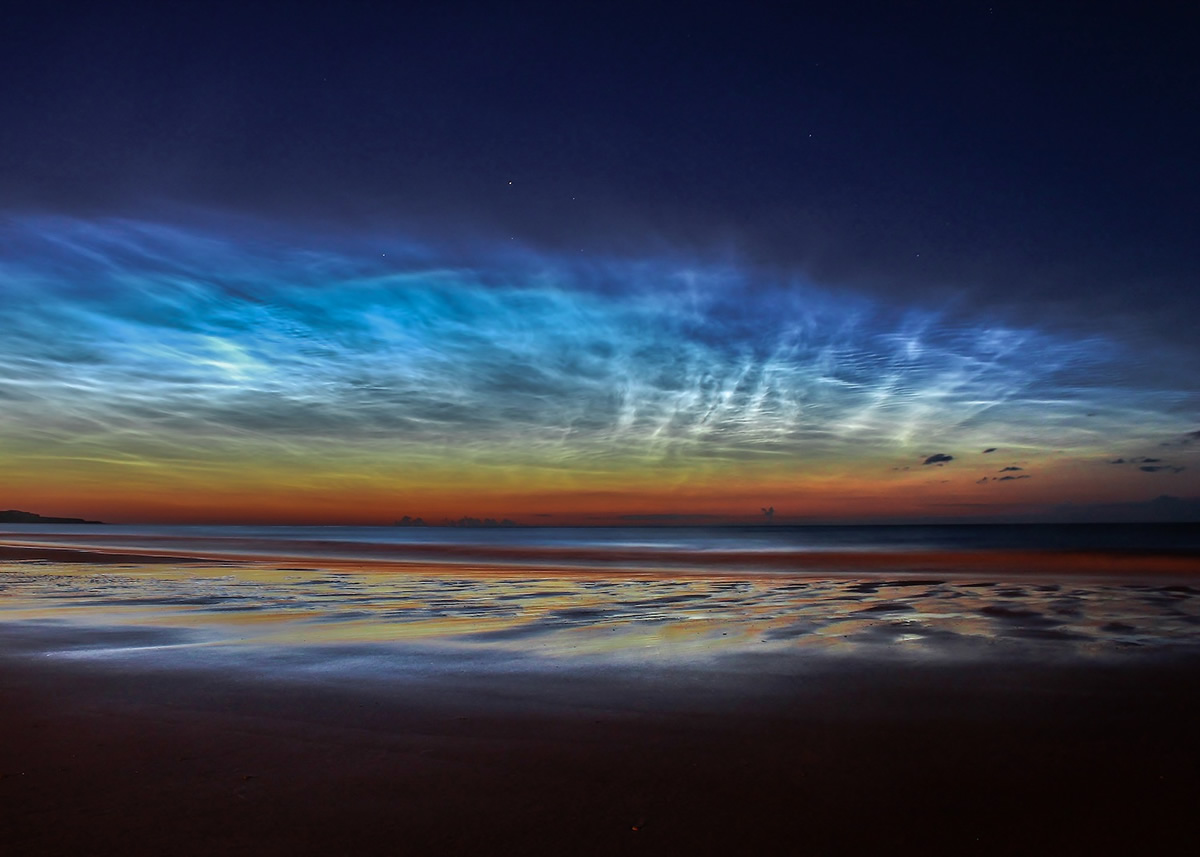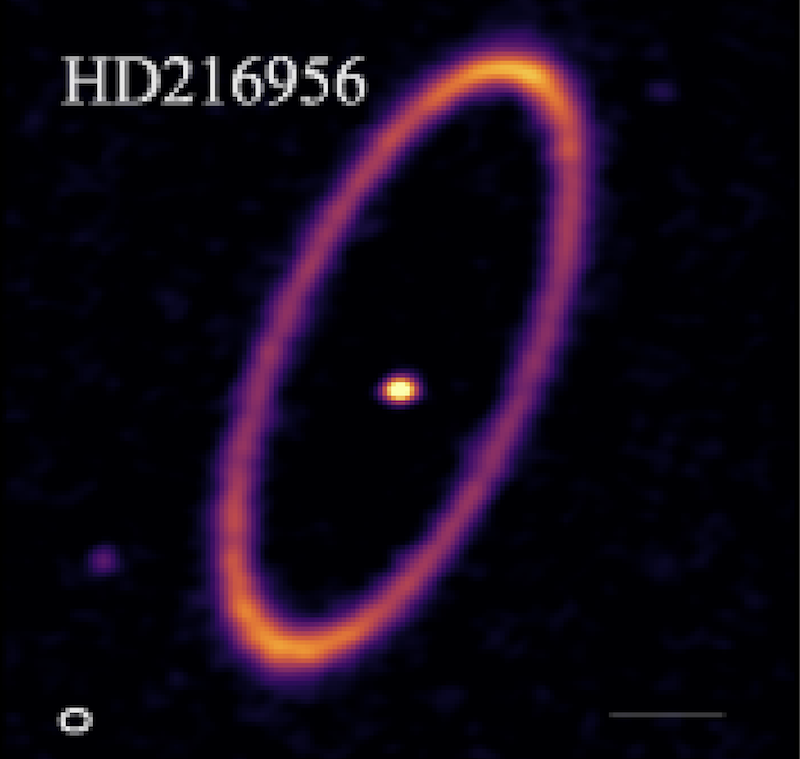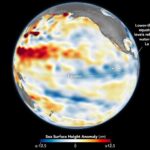NASA Monitors Asteroid 2024 YR4: Risk Decreases, But Lunar Impact Possible NASA astronomers are closely tracking the trajectory of asteroid 2024 YR4. Initial calculations estimated a 1.3% chance of an
Hot Posts93- Page
A cosmic coincidence has led to one of the most amazing images ever captured by NASA’s James Webb Space Telescope (JWST). The dramatic outflow from a newborn star, known as
File: A Falcon 9 rocket stands in the launch position at Space Launch Complex 40 (SLC-40) at Cape Canaveral Space Force Station ahead of the planned liftoff of the Starlink
Graphical Abstract — Earth, Planets and Space via X-mol The formation and alteration of organic molecules within the Solar System and beyond is closely related to the life cycle of
3 min read Preparations for Next Moonwalk Simulations Underway (and Underwater) Artist concept highlighting the novel approach proposed by the 2025 NIAC awarded selection of MaRS ICICLE concept. NASA/Aaswath Pattabhi
Top Panel: Absorption cross sections for a temperature of 650K and pressure of 1 bar used in the retrieval analysis from Hood et al. (2024). Bottom Panel: The complete SED
The lithium problem has emerged as one of the foremost challenges to the prevailing Big Bang theory, highlighting the complexities and nuances of cosmic evolution. As we delve into the
Magnification of Rhinocladiella Simili cells in PDB culture medium, showing pseudohypha behavior –NPJ Microgravity via PubMed Studying the survival of terrestrial microorganisms under Martian conditions, particularly in the presence of
Noctilucent cloud season is upon us! Here’s what you need to know about when to catch the spectral phenomenon as we move into the prime viewing season of the summer
Here’s one of the newly imaged exocomet belts, around the star HD216956. The new study found exocomet belts – regions where comets likely exist or will exist – around 74
-
 012024 in Review: Highlights from NASA in Silicon Valley
012024 in Review: Highlights from NASA in Silicon Valley -
 02Panasonic Leica Summilux DG 15mm f/1.7 ASPH review
02Panasonic Leica Summilux DG 15mm f/1.7 ASPH review -
 03From Polymerization-Enabled Folding and Assembly to Chemical Evolution: Key Processes for Emergence of Functional Polymers in the Origin of Life
03From Polymerization-Enabled Folding and Assembly to Chemical Evolution: Key Processes for Emergence of Functional Polymers in the Origin of Life -
 04How New NASA, India Earth Satellite NISAR Will See Earth
04How New NASA, India Earth Satellite NISAR Will See Earth -
 05And Thus Begins A New Year For Life On Earth
05And Thus Begins A New Year For Life On Earth -
 06Astronomy Activation Ambassadors: A New Era
06Astronomy Activation Ambassadors: A New Era -
07SpaceX launch surge helps set new global launch record in 2024


